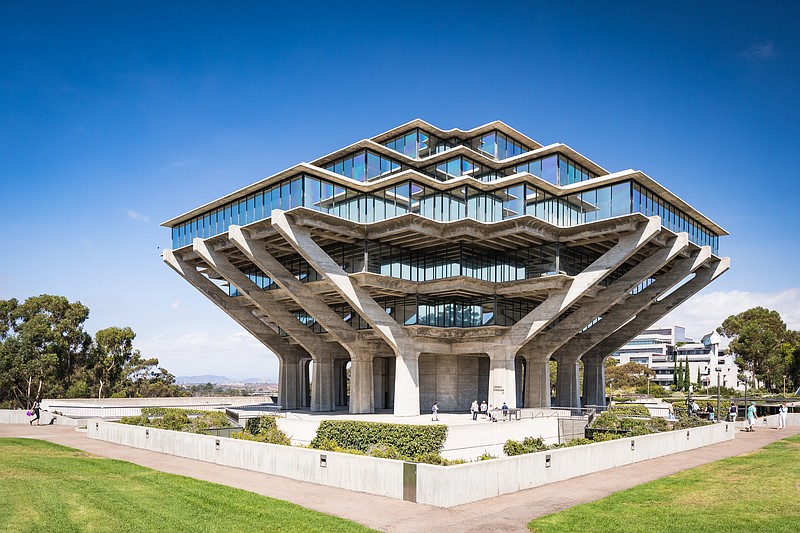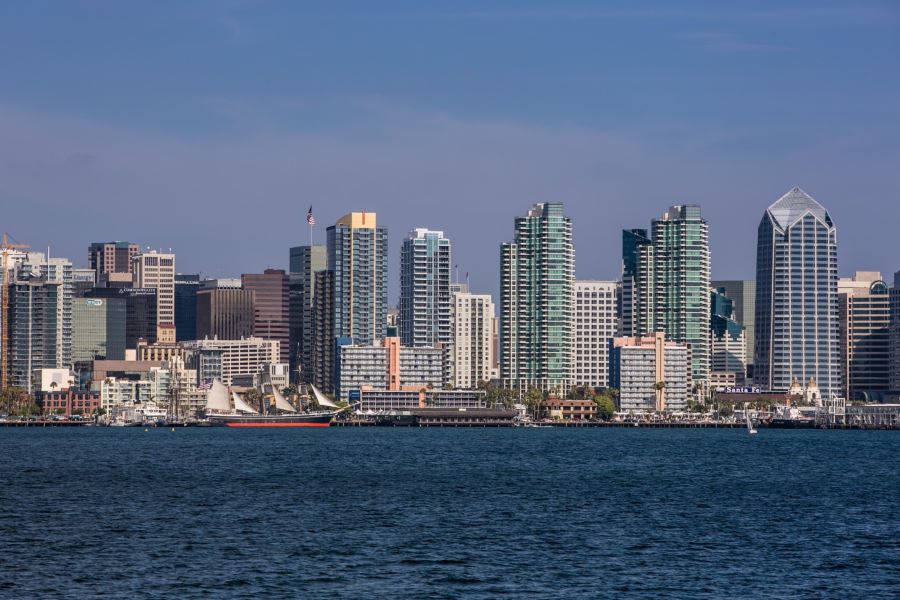The news is grim: More than half of UCSD’s buildings are a “serious” or “severe risk to life,” according to an internal seismic safety survey obtained by NBC Channel 7.
Two hundred sixty-eight of the university’s 528 buildings are in “poor condition” with “serious” risk of injury in a major earthquake. Another 22 buildings are in “very poor condition” with an even higher risk of injury, the station reported.

Photo Credit to NBC San Diego
University of California campuses throughout the state recently completed a seismic safety survey, and the results are startling. Other campuses, such as U.C. Berkeley and UCLA also have an alarming number of vulnerable structures.
The news has sent higher education officials scrambling to address the issue, and university students and parents are calling for urgent action.
Old Standards No Longer Apply
All of the vulnerable structures cited in the study were built according to the building codes in place when they were constructed. But new discoveries in seismic engineering over the years have led to improved approaches and technologies that have elevated codes to higher safety standards.
The University of California, San Diego, in an official statement, said the campus plans to retrofit, replace or vacate all buildings with significant seismic performance deficiencies by 2030.
Some are saying that’s too late.
But where is the concern over the thousands of private structures equally at risk in San Diego?
It’s a question posed by UCSD as well.
“There are few, if any, parallel seismic retrofitting efforts in the private sector,” the university stated. “It is unlikely that the office buildings, shopping centers and other places Californians visit will be subject to the sort of extensive seismic review U.C. is conducting, much less the assurance of remediation/retrofitting that we have committed to.”
Are You and Your Tenants Safe?
Many Californians are not.
The University of Southern California estimates that the financial toll from California’s next major earthquake would be staggering: $113 billion in building damage, $68 billion in business interruption, $11 billion in related costs.
Even if our buildings remain intact, this type of mass destruction can have a devastating impact on our society, property values and individual communities overarching economic stability.
We already know the types of buildings most vulnerable to damage. If yours is one of them, you may want to research options to protect you and your investment.
These vulnerable structures are:
- Soft-story: Wood-framed buildings have an open ground level typically used for tuck-under parking, and one or more stories of dwelling units above. Extremely popular as a means of conserving lot space, buildings of this type constructed prior to 1978 have proven vulnerable to collapse from seismic activity.
- Unreinforced Masonry: These structures have walls and other building components made of brick or other masonry materials not braced with rebar or another reinforcing material. These facades can collapse during an earthquake. Most of these buildings were identified as part of an earlier state mandate, but there are still thousands that have yet to be retrofitted.
- Tilt-up: Tilt-up construction is a cost-effective technique of pouring a building’s walls directly at the jobsite and then raising or “tilting” the panels into position. Many of these structures built prior to the 1970s were constructed with limited or weak roof connections and diaphragms that can fail during an earthquake.
- Non-ductile Concrete: These buildings are characterized as having concrete floors and/or roofs supported by concrete walls and/or frames. Their rigid construction and limited capacity of structures built prior to 1978 to absorb the energy of ground shaking makes them at risk for collapse.
- Welded Steel Moment Frame: This building technique, used in the first skyscraper, was most commonly used in the 1960s to 1990s. Those constructed prior to 1994 can sustain brittle fracturing of the steel frames at welded points between the beams and columns.
The University of California, as a public entity, is acting on its responsibility to ensure its buildings are safe. Other property owners would be wise to act responsibly also.
Many seismic retrofit companies will provide a free evaluation of your building if you request one. Inform yourself. Know your risks.







Leave A Comment